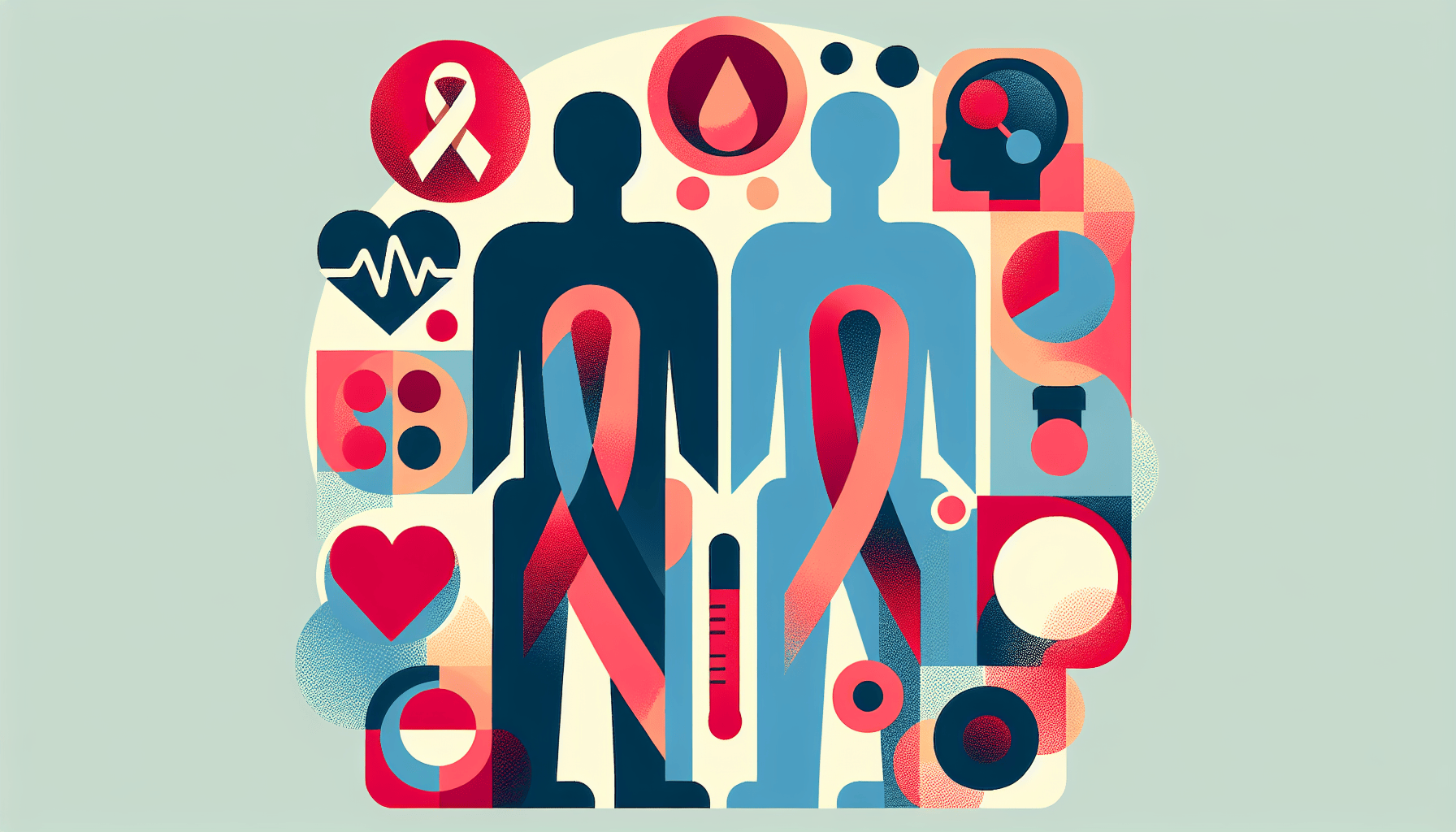Tirzepatide for Sleep Apnea - Can It Help?
Understanding Sleep Apnea and Its ChallengesSleep apnea is a common yet serious sleep disorder characterized by repeated interruptions in breathing during sleep. These pauses [...]
Read MoreThrombophlebitis is a condition that occurs when a blood clot forms in a vein, causing swelling and inflammation. It most commonly affects the legs but can also occur in the arms or other parts of the body. If you suspect you have thrombophlebitis, it's important to seek medical attention to prevent complications and receive proper treatment.
There are two main types of thrombophlebitis:
Superficial thrombophlebitis: This type involves a blood clot in a vein just below the skin's surface. While painful, it is usually less dangerous than deep vein thrombosis.
Deep vein thrombosis (DVT): This type occurs when a blood clot forms in a deep vein, usually in the leg or thigh. DVTs can be life-threatening if the clot breaks loose and travels to the lungs, causing a pulmonary embolism.
The most common symptoms of thrombophlebitis include:
Red, swollen, and irritated skin around the affected area
Pain or tenderness that worsens with pressure
A swollen vein that feels like a tough "cord" under the skin
Pain when flexing the ankle (if the clot is in the leg)
Swelling in the foot or ankle
If you experience any of these symptoms, especially if accompanied by chest pain, shortness of breath, or lightheadedness, seek immediate medical attention.

Thrombophlebitis is caused by a blood clot forming in a vein, which can be due to several factors, including:
Prolonged bed rest or sitting
Varicose veins
Pregnancy
Obesity
Smoking
Use of estrogen-based medications
Certain cancers
Family history of blood clots
To diagnose thrombophlebitis, your doctor will perform a physical exam and may order additional tests, such as:
D-dimer blood test
MR venography or CT venography
MR angiography (MRA)
CT scan
Treatment for thrombophlebitis depends on the type and severity of the condition. Options may include:
Over-the-counter pain relievers and anti-inflammatory medications
Elevating the affected limb
Applying heat to the affected area
Antibiotics (if an infection is present)
Blood thinners (anticoagulants) for deep vein thrombosis
Inferior vena cava (IVC) filter (in rare cases)
Varicose vein stripping (for recurring thrombophlebitis)
To reduce your risk of developing thrombophlebitis, especially during long periods of sitting or bed rest:
Walk around and stretch your legs regularly
Flex your ankles and feet frequently
Avoid tight clothing
Stay hydrated
Consider taking blood thinners if you are at high risk for blood clots
By understanding the causes, symptoms, and treatment options for thrombophlebitis, you can take steps to protect your health and seek prompt medical care if needed. If you have concerns about your risk factors or are experiencing symptoms, consult your healthcare provider for personalized guidance.
Understanding Sleep Apnea and Its ChallengesSleep apnea is a common yet serious sleep disorder characterized by repeated interruptions in breathing during sleep. These pauses [...]
Read MoreHeart attacks are often perceived as a predominantly male health issue, but the reality is that heart disease is the leading cause of death for women worldwide. Recognizing [...]
Read MoreTelehealth has transformed the way patients access healthcare, offering convenience, speed, and accessibility that traditional in-person visits often cannot match. With the [...]
Read More